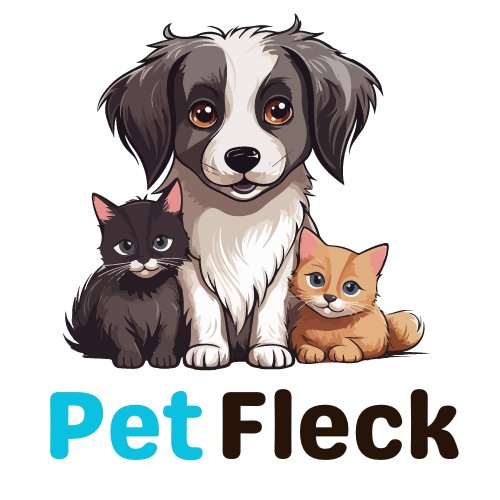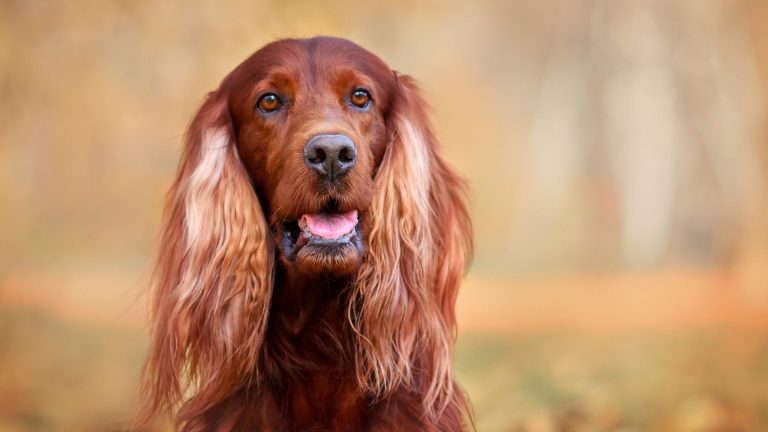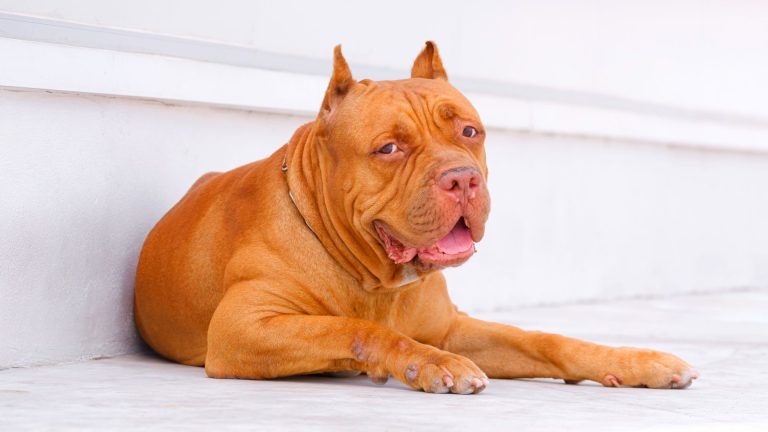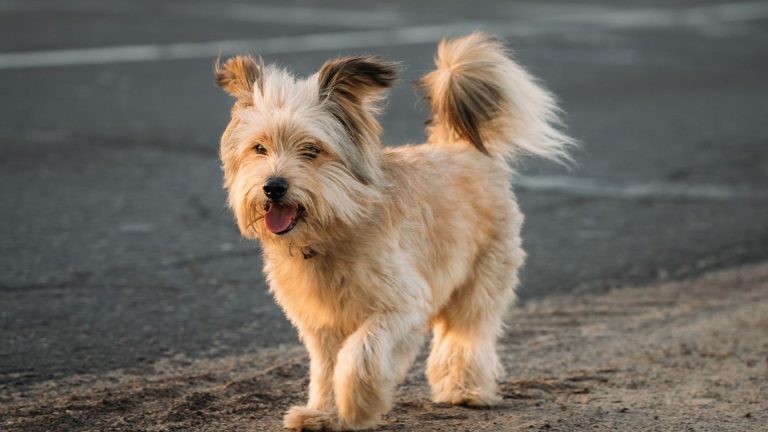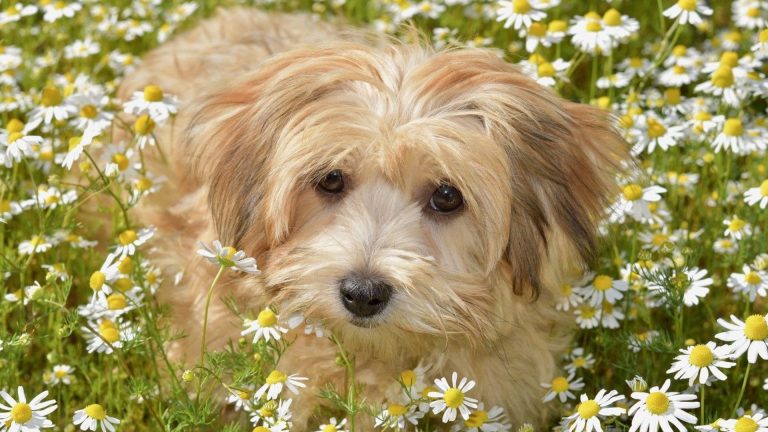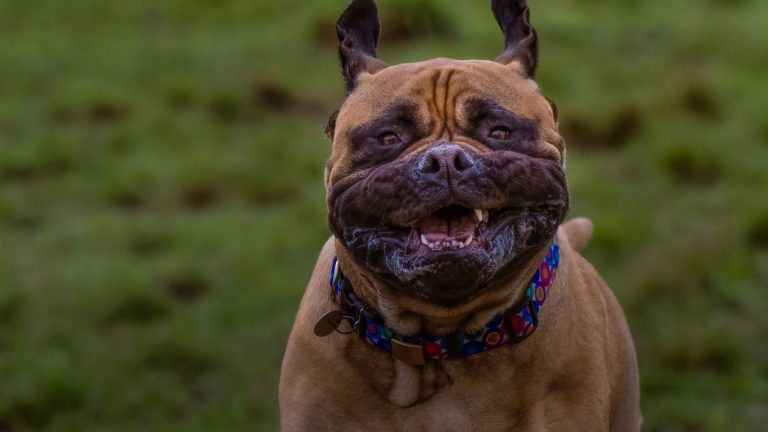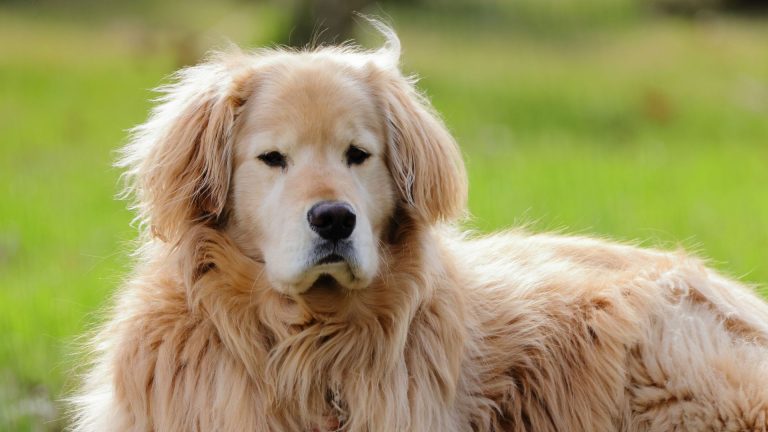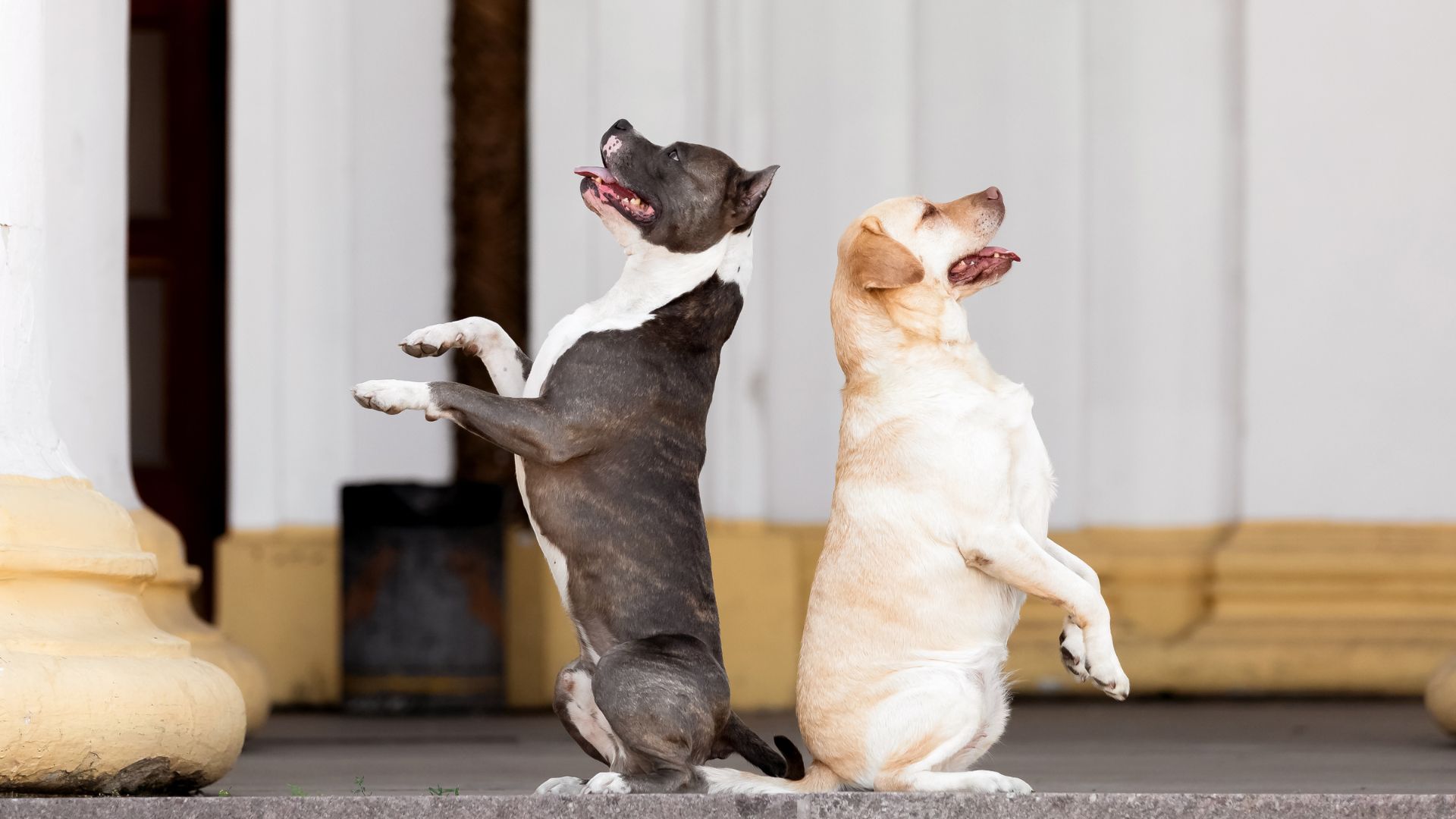
Contents
Hyperactive dog breeds are known for their boundless energy and enthusiasm, making them perfect companions for active owners and families. This article explores these lively breeds, highlighting their need for constant physical and mental stimulation. Understanding their characteristics and care requirements is crucial to providing a happy, healthy life for these dogs. By matching their energy levels and offering ample exercise and play, owners can enjoy a fulfilling relationship with their hyperactive pets. Whether you’re a fitness enthusiast or a family with children, these energetic dogs can bring joy and excitement to your life.
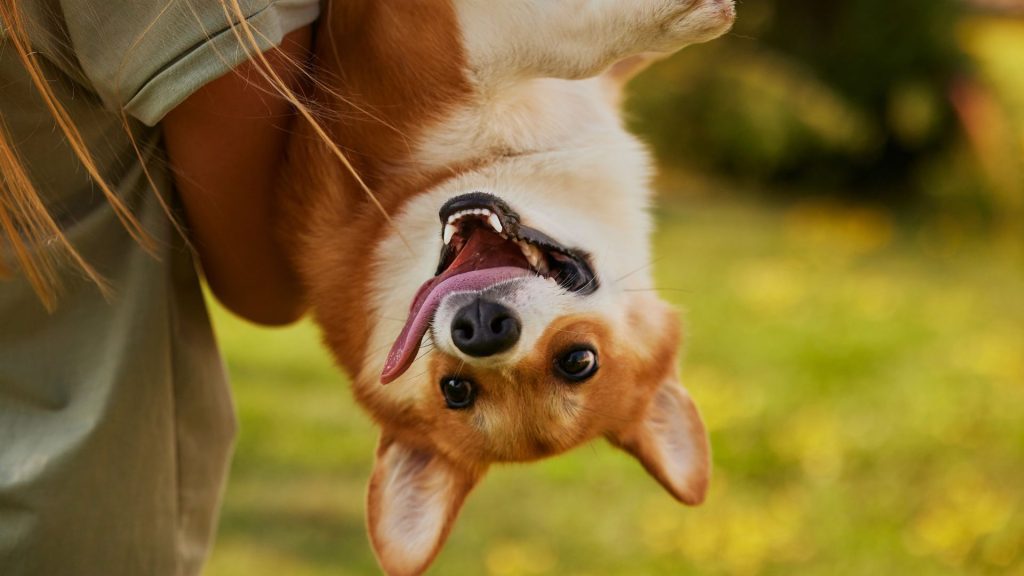
Characteristics of Hyperactive Dog Breeds
Hyperactivity in dogs refers to a heightened state of energy and activity levels, often characterized by constant movement, restlessness, and a strong desire for physical and mental engagement. These dogs are always on the go, requiring significant attention and stimulation to keep them satisfied and well-behaved.
Common Traits of Hyperactive Breeds
High Energy Levels
Hyperactive dog breeds exhibit exceptional energy levels, often requiring more exercise than the average dog. They thrive on activities like running, hiking, and interactive play sessions, making them ideal for active individuals and families.
Need for Mental and Physical Stimulation
To prevent boredom and destructive behavior, hyperactive breeds need continuous mental and physical challenges. This includes puzzle toys, training exercises, and diverse outdoor activities to keep their minds and bodies engaged.
Playfulness and Enthusiasm
These breeds are known for their playful and enthusiastic nature. They bring a sense of fun and excitement to their families, always eager to participate in games and activities. Their spirited demeanor makes them great companions for those who enjoy an active lifestyle.
Top 10 Hyperactive Dog Breeds
1. Border Collie
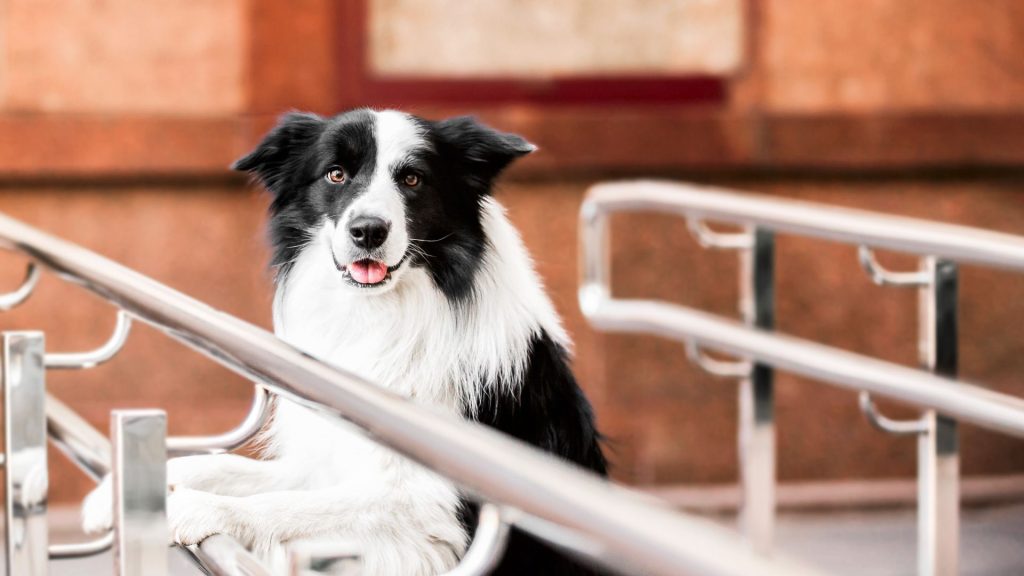
Description: Border Collies are known for their intelligence and herding abilities. They are often regarded as the most intelligent dog breed.
Energy Level: Extremely high.
Exercise Needs: Requires extensive daily exercise, including running, agility training, and mental challenges.
2. Jack Russell Terrier
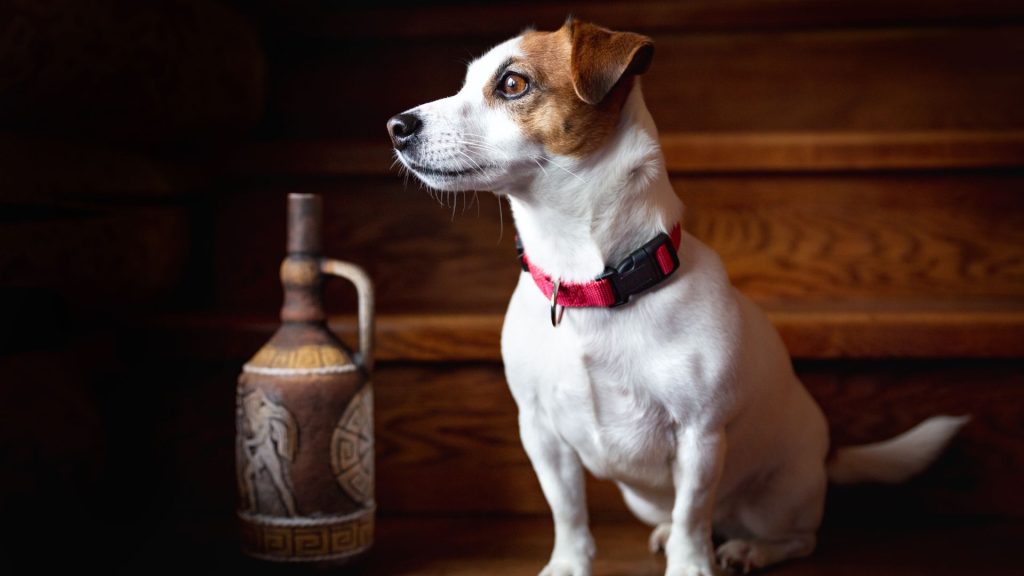
Description: Jack Russells are small but mighty, known for their bold and lively personality.
Energy Level: Very high.
Exercise Needs: Needs regular, vigorous exercise such as running, playing fetch, and engaging in obstacle courses.
3. Australian Shepherd
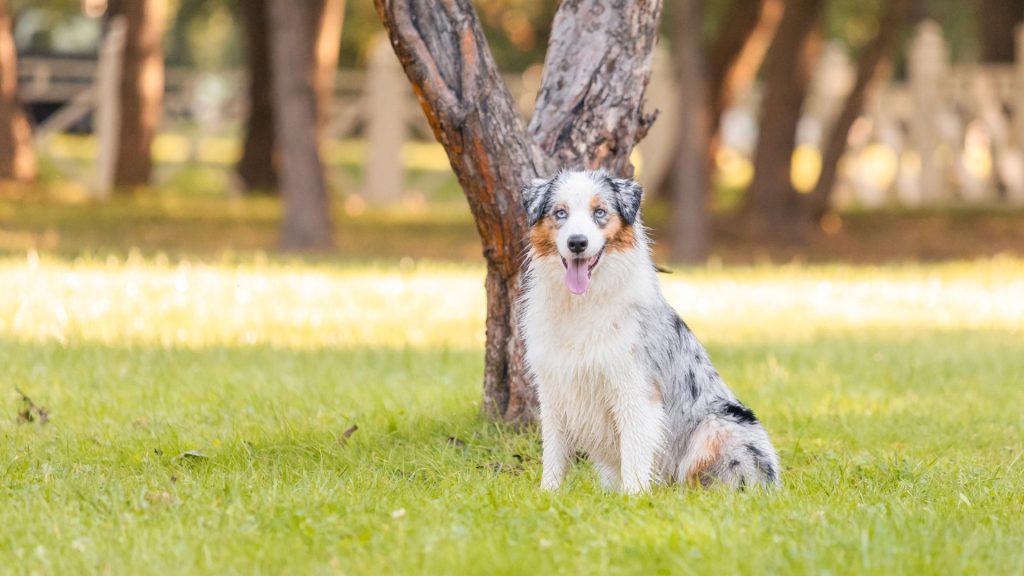
Description: Australian Shepherds are highly energetic and intelligent, often used in herding and agility sports.
Energy Level: High.
Exercise Needs: Requires significant physical activity, including herding exercises, agility training, and long walks.
4. Siberian Husky

Description: Siberian Huskies are strong, resilient dogs bred for pulling sleds in harsh climates.
Energy Level: Very high.
Exercise Needs: Needs regular, intense exercise like running, pulling carts, and participating in dog sports.
5. Dalmatian
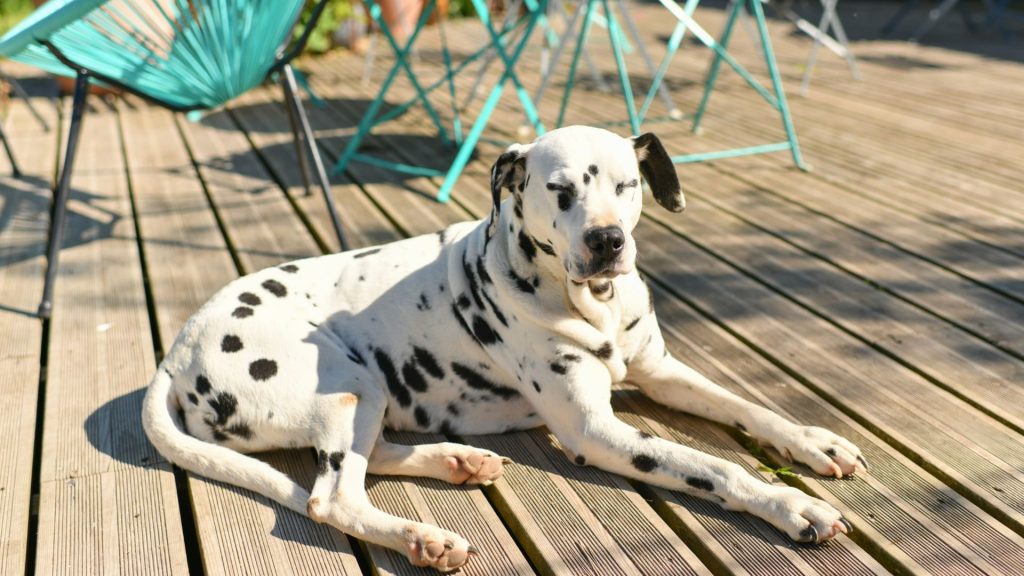
Description: Dalmatians are known for their distinctive spotted coat and history as carriage dogs.
Energy Level: High.
Exercise Needs: Requires daily exercise such as running, hiking, and playing to maintain their health and happiness.
6. Labrador Retriever
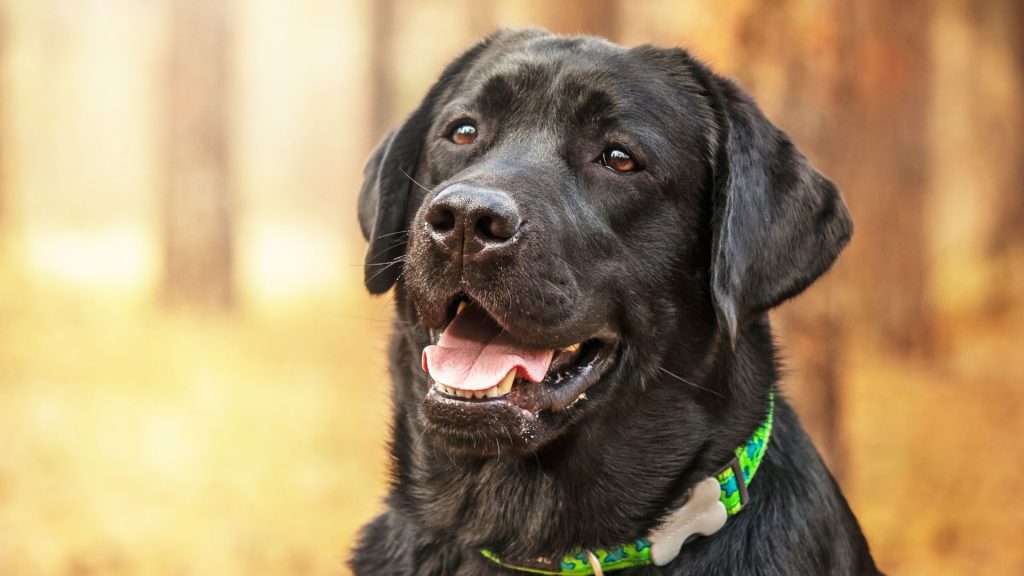
Description: Labradors are friendly, outgoing, and one of the most popular breeds for families.
Energy Level: High.
Exercise Needs: Needs plenty of exercise, including swimming, fetching, and long walks.
7. Belgian Malinois
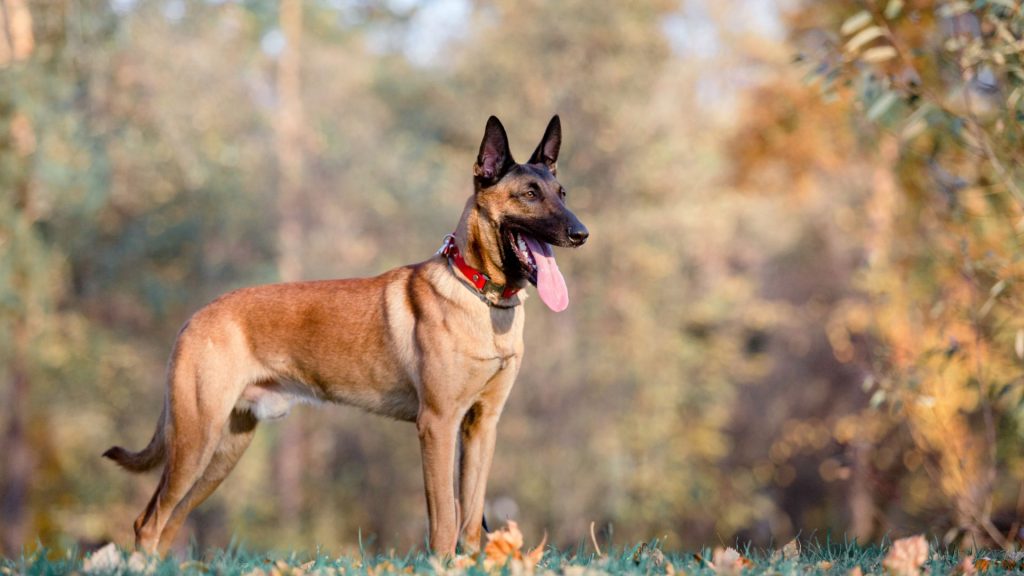
Description: Belgian Malinois are highly intelligent and often used in police and military work.
Energy Level: Extremely high.
Exercise Needs: Requires rigorous daily exercise and mental stimulation, such as obedience training and agility courses.
8. Vizsla
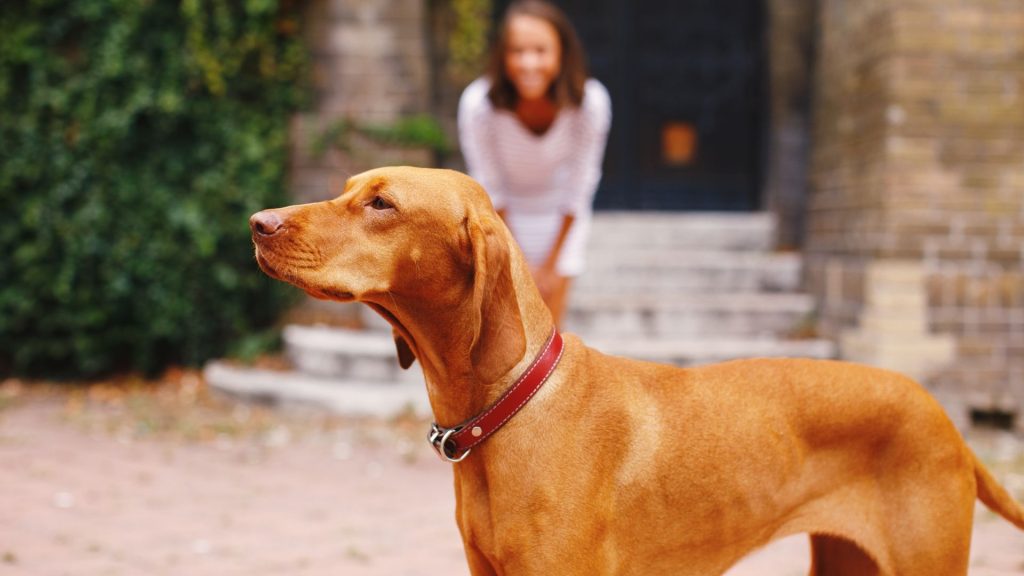
Description: Vizslas are affectionate and energetic hunting dogs, known for their strong bond with owners.
Energy Level: Very high.
Exercise Needs: Needs extensive exercise, including running, hiking, and interactive play.
9. Weimaraner
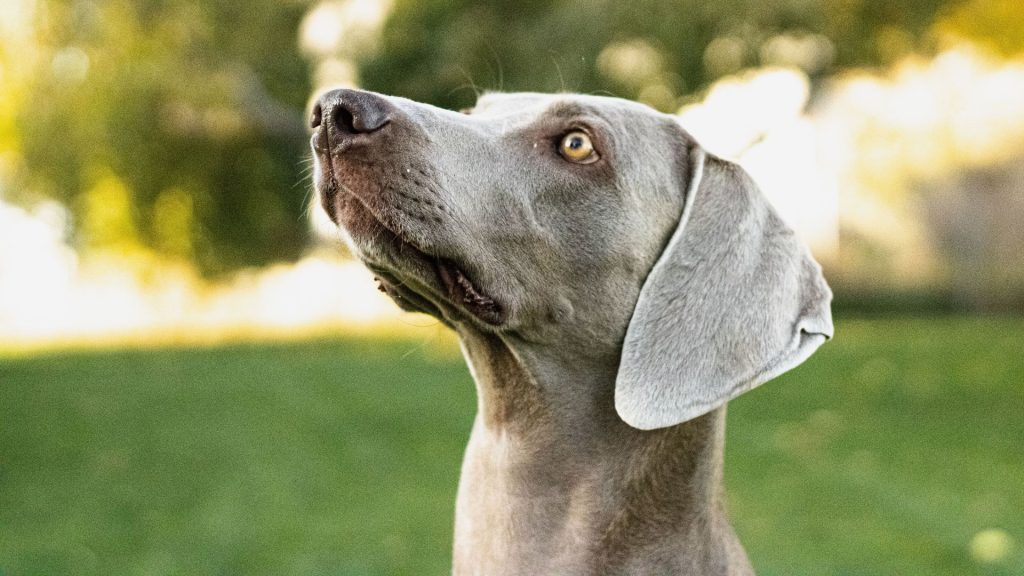
Description: Weimaraners are sleek, athletic dogs originally bred for hunting large game.
Energy Level: High.
Exercise Needs: Requires vigorous daily exercise like running, tracking, and retrieving activities.
10. Miniature Pinscher
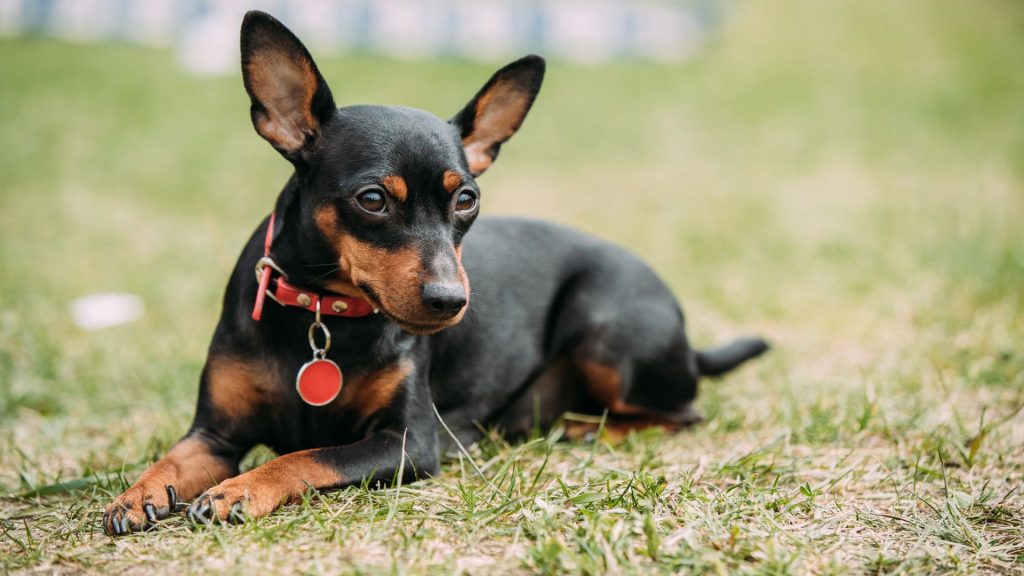
Description: Miniature Pinschers are small, spirited dogs with a fearless and energetic disposition.
Energy Level: High.
Exercise Needs: Needs regular, active play sessions, agility training, and mental challenges to stay happy and healthy.
Caring for Hyperactive Dog Breeds
Importance of Regular Exercise
Regular exercise is crucial for hyperactive dog breeds to maintain their physical and mental health. Without adequate physical activity, these dogs can develop behavioral issues such as excessive barking, chewing, and hyperactivity.
Types of Physical Activities:
- Running: Allowing dogs to run freely in a safe, enclosed area helps them burn off excess energy.
- Hiking: Taking dogs on hikes provides them with both physical exercise and mental stimulation through exposure to new environments and scents.
- Agility Training: Engaging in agility courses challenges dogs physically and mentally, improving their coordination and obedience.
Mental Stimulation
Hyperactive dogs require continuous mental engagement to prevent boredom and related destructive behaviors. Mental stimulation keeps their minds sharp and their behavior well-balanced.
Puzzle Toys:
- Interactive toys that dispense treats or require problem-solving can keep dogs entertained and mentally active.
- Puzzle feeders can be used during mealtime to slow down eating and provide a mental workout.
Training Sessions:
- Regular training sessions reinforce obedience and good behavior.
- Incorporating new commands and tricks keeps the training interesting and mentally challenging for the dog.
Balanced Diet and Nutrition
A balanced diet is essential for maintaining the energy levels and overall health of hyperactive dog breeds. Providing high-quality, nutrient-rich food supports their active lifestyle.
- Choose dog food with a balanced ratio of proteins, fats, and carbohydrates.
- Avoid overfeeding and monitor their weight to prevent obesity, which can hinder their activity levels and overall health.
- Consult with a veterinarian for specific dietary recommendations based on the breed, age, and activity level of the dog.
Regular Vet Check-Ups
Regular veterinary check-ups are important to ensure the overall well-being of hyperactive dogs. Routine health assessments can catch potential health issues early and keep vaccinations and preventative care up to date.
- Schedule annual or bi-annual vet visits for comprehensive health checks.
- Discuss any behavioral changes or concerns with the vet to address them promptly.
- Keep up with vaccinations, flea and tick prevention, and dental care to maintain their health.
By addressing the physical, mental, and nutritional needs of hyperactive dog breeds, owners can ensure a healthy, happy, and well-adjusted pet.
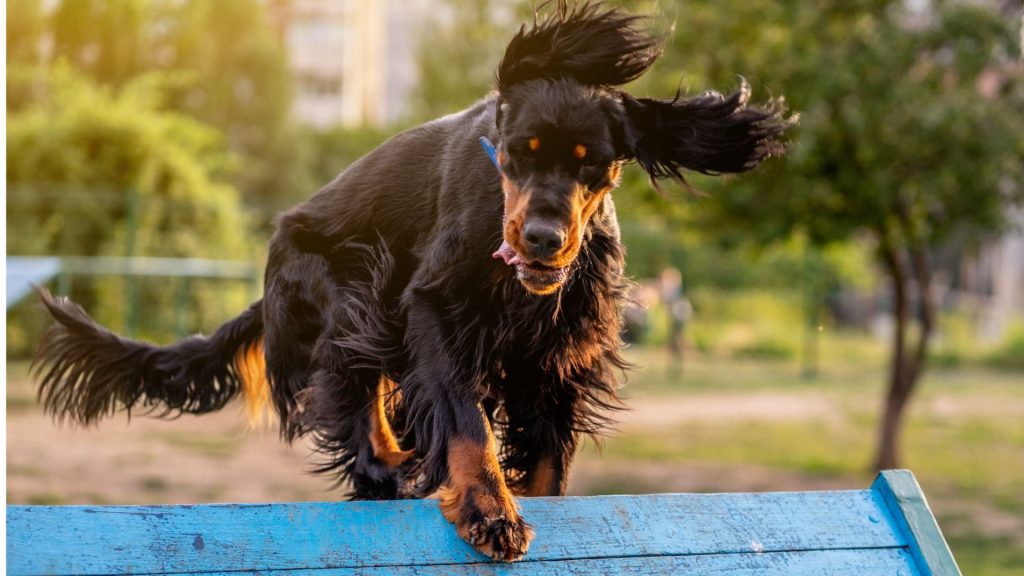
Training Tips for Hyperactive Dogs
Positive Reinforcement Techniques
Positive reinforcement is a highly effective training method for hyperactive dogs. It involves rewarding desired behaviors to encourage their repetition.
- Use Treats and Praise: Reward your dog with treats, praise, or playtime when they exhibit good behavior. This reinforces the behavior and helps the dog understand what is expected.
- Timing is Key: Give rewards immediately after the desired behavior to create a clear connection between the action and the reward.
- Consistency: Be consistent with rewards to ensure your dog learns which behaviors are acceptable.
Importance of Consistency and Routine
Consistency and routine are vital for training hyperactive dogs. They help establish clear expectations and create a structured environment.
- Set a Schedule: Maintain a regular schedule for feeding, exercise, and training sessions. This helps the dog anticipate what comes next and reduces anxiety.
- Consistent Commands: Use the same commands and cues for specific behaviors. Consistency in language helps the dog learn faster.
- Regular Training: Short, frequent training sessions are more effective than long, sporadic ones. Aim for daily training to reinforce learning.
Socialization Tips
Proper socialization is crucial for hyperactive dogs to ensure they are well-adjusted and comfortable in various environments.
- Introduce Gradually: Gradually introduce your dog to new people, animals, and environments. Start with calm settings and slowly increase the level of activity and stimulation.
- Positive Experiences: Ensure social interactions are positive by using treats and praise to reward calm and friendly behavior.
- Group Classes: Enroll your dog in group training classes or playgroups to provide controlled socialization opportunities.
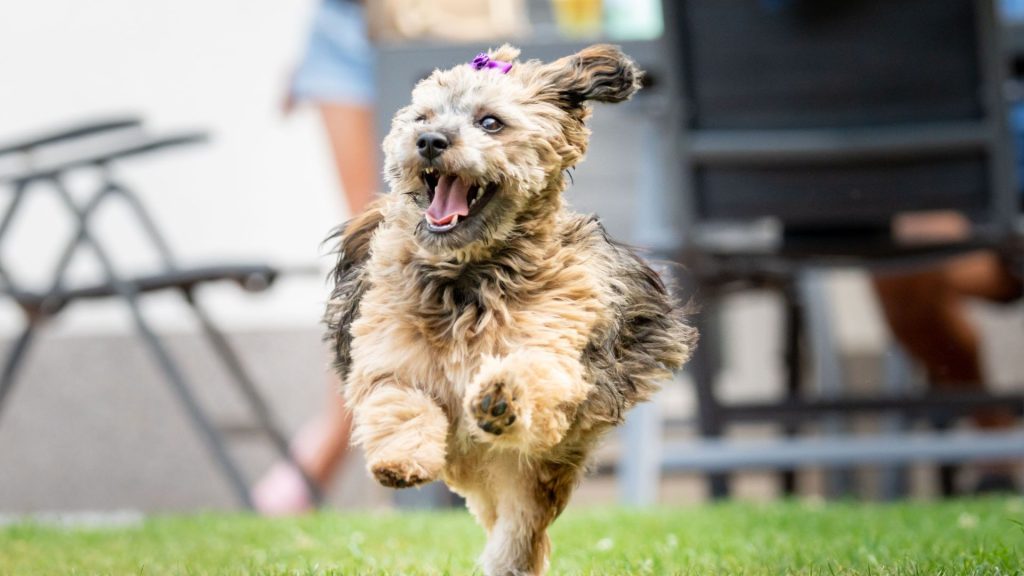
Managing Undesirable Behaviors
Managing undesirable behaviors is an essential part of training hyperactive dogs. Addressing issues early can prevent them from becoming ingrained habits.
- Redirect Energy: Provide appropriate outlets for excess energy through exercise and mental stimulation. This can reduce behaviors like excessive barking, chewing, and digging.
- Ignore Attention-Seeking Behaviors: Avoid reinforcing attention-seeking behaviors by ignoring them. Reward your dog only when they are calm and well-behaved.
- Consistency in Correction: Correct undesirable behaviors consistently using positive reinforcement. For example, if your dog jumps on people, teach them to sit instead and reward them for sitting.
- Seek Professional Help: If behavioral issues persist, consider seeking help from a professional dog trainer or behaviorist. They can provide personalized guidance and strategies for managing specific problems.
By using positive reinforcement, maintaining consistency, and addressing undesirable behaviors promptly, owners can effectively train and manage hyperactive dogs, leading to a harmonious and enjoyable relationship.
Benefits of Owning a Hyperactive Dog
Owning a hyperactive dog brings numerous benefits, including improved physical health for owners who engage in regular exercise activities like running, hiking, and agility training with their pets. These dogs provide excellent companionship and foster strong bonds through their playful and affectionate nature. Additionally, the wide range of activities and sports available, such as flyball and obedience competitions, offers endless opportunities for fun and mutual enrichment. Hyperactive dogs not only keep their owners active and fit but also contribute to a fulfilling and joyful life through shared adventures and constant companionship.
Is a Hyperactive Dog Right for You?
Before adopting a hyperactive dog, assess your lifestyle and activity level to ensure compatibility with their needs. These energetic dogs require significant daily exercise, mental stimulation, and socialization, demanding a substantial time commitment and dedication. Consider whether you can provide the necessary space, resources, and consistent care to keep them healthy and happy. Evaluate the impact on your household and routine, and research the specific breed’s traits to ensure a good fit. By carefully considering these factors, you can make an informed decision and enjoy a fulfilling relationship with your new hyperactive companion.
Conclusion
In summary, hyperactive dog breeds offer boundless energy, enthusiasm, and companionship, making them ideal for active individuals and families. These dogs thrive on regular exercise, mental stimulation, and consistent training, which are essential to prevent behavioral issues. Potential owners should carefully assess their lifestyle, time commitment, and resources before adopting a hyperactive dog. While owning such a dog presents challenges, the rewards of a joyful and fulfilling relationship far outweigh the efforts. Embrace the excitement and adventures that come with a hyperactive dog, and enjoy the unique bond and lively experiences they bring to your life.

Hello, I’m Donna Carter, the founder and writer behind PetFleck.com. My journey with dogs started years ago, and it’s been a passion that has only grown stronger over time. I’ve always been fascinated by the unique behaviors and characteristics of different dog breeds, and this curiosity has led me to dive deep into the world of canine studies.
My love for dogs is the driving force behind everything I do. I’ve dedicated countless hours to researching and understanding the nuances of dog care, training, and breed-specific traits. This dedication helps me create content that is not only informative but also genuinely helpful for fellow dog lovers and owners.
At PetFleck, I combine my extensive knowledge and hands-on experience with my passion for dogs to provide valuable insights and tips. Whether it’s exploring different breeds or offering practical advice on dog care, I aim to share knowledge that makes a real difference in the lives of dogs and their families.
I’m thrilled to share my love for dogs with you through my writing. I hope my articles inspire and inform, helping you to better understand and appreciate the incredible bond we share with our furry friends.
Thank you for visiting PetFleck.com, and I look forward to connecting with you through our shared love of dogs!
